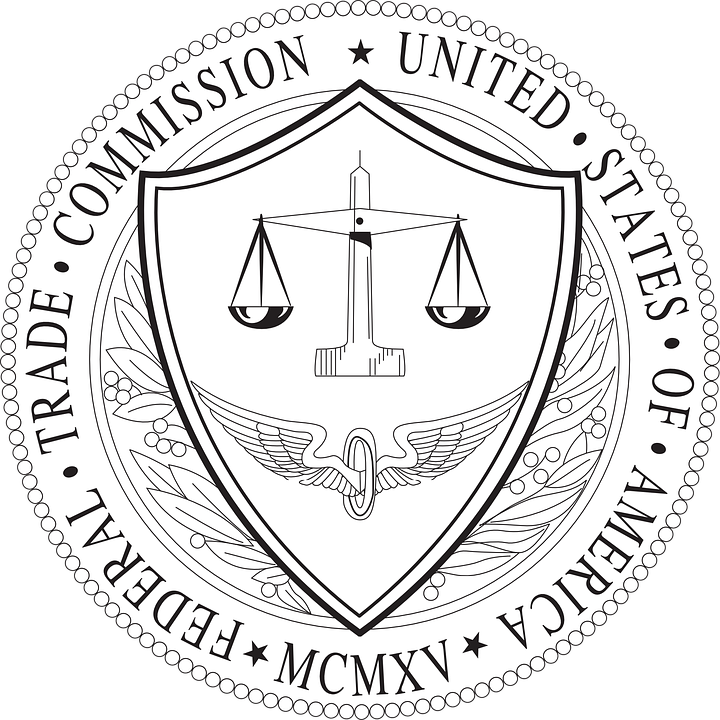The Federal Trade Commission (FTC) has recently released the final version of its Guides for the Precious Metal, Jewelry, and Pewter Industries (more commonly known as the Jewelry Guides). These recent changes impose new rules on how members of the jewelry trade can describe precious metals, pearl treatments, and lab-grown gemstones. So how do these changes impact the average jewelry consumer? Here are three main takeaways from the FTC’s recent revisions.
- Jewelry sellers can now market alloys as gold and silver even if the alloy contains less than 41% gold or 92.5% silver. Previously, jewelry could only be described as gold if it contained more than 41.6% gold (e.g. 10K, 14K, 18K, 24K). Now, any jewelry piece containing any amount of gold can be considered gold jewelry. The reasoning behind this change comes from a study that found that consumers understand how the percentage of gold affects a jewelry piece’s color, durability, resell value, and likelihood of tarnishing and corroding. However, we (along with many other jewelers) found that this is generally not the case. Oftentimes, we receive questions about the different levels of gold purity, which leads us to believe that many consumers (especially first time fine jewelry shoppers) still don’t understand the difference between 10K, 14K and 18K. For those unaware of the differences, when they purchased a gold jewelry piece in the past, they understood that the piece they were purchasing was of high quality. Now when they see a piece of “gold” jewelry being sold, they need to recognize that it may only contain a small portion of gold and not be the quality they expected. The same rules apply to silver. Any jewelry piece containing a portion of silver can be called silver jewelry. Because of this, it’s extremely important to read the fine print to determine the actual karat fineness and PPT (parts per thousand) silver reading to know exactly what you’re paying for.
- Pearl treatments now need to be disclosed. Similar to colored gemstones, manufacturers now need to disclose any treatments to pearls if those treatments are not permanent, require special care, or affect the pearl’s value. By knowing exactly what they’re purchasing, pearl jewelry buyers can better assess the value of certain pieces.
- The FTC has loosened the restrictions on what you can and cannot call a lab-grown diamond. In the past, there were only a few descriptors that could be used to describe a lab-grown diamond, but now the FTC has declared that as long as the terms convey that the diamond did not come from the earth’s ground, they can be used to describe these diamonds. This has made it much easier for lab-grown diamond companies to come up with creative new ways to describe their diamonds, potentially confusing diamond purchasers. This means it’s especially important for consumers to pay attention to words like, “cultured,” “foundry,” “created,” and “grown,” which are all used to describe lab-grown diamonds. The new revisions to the Jewelry Guides also eliminate a rule that prohibited calling a lab-grown stone (both diamond and colored stones) a gemstone, which may lead some consumers into believing that a lab-created stone is actually a natural gemstone.
All in all, these recent revisions mean that jewelry consumers need to pay closer attention to details when looking to purchase jewelry, especially when purchasing online where they won’t be able to see the product first-hand. This is why it’s always a smart idea to shop at a reputable jewelry store, one that won’t try to mislead you into purchasing an item that isn’t what you expected.


